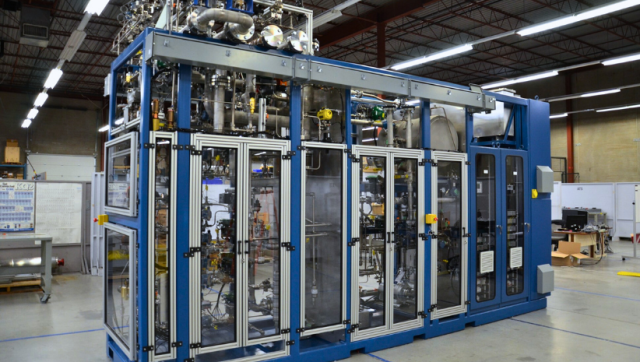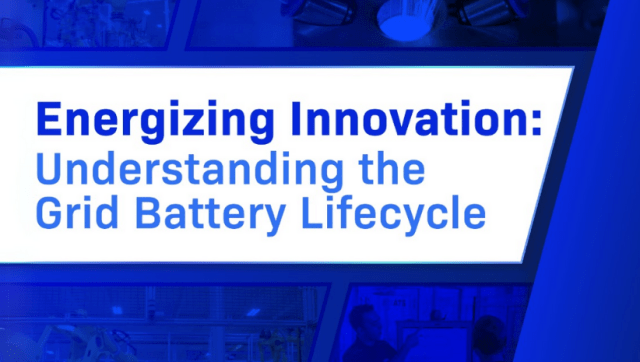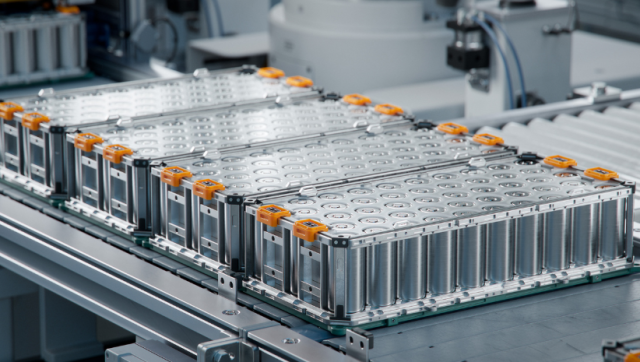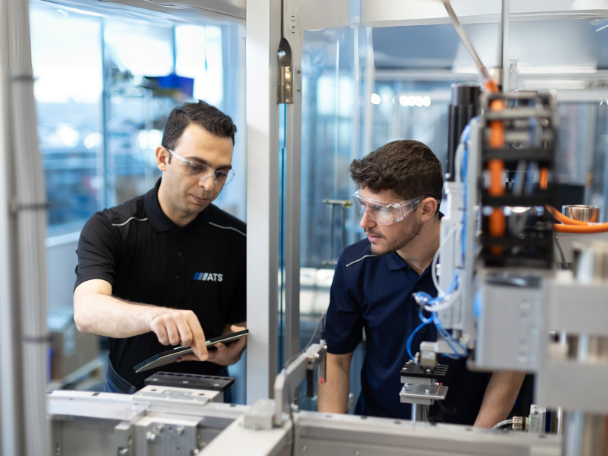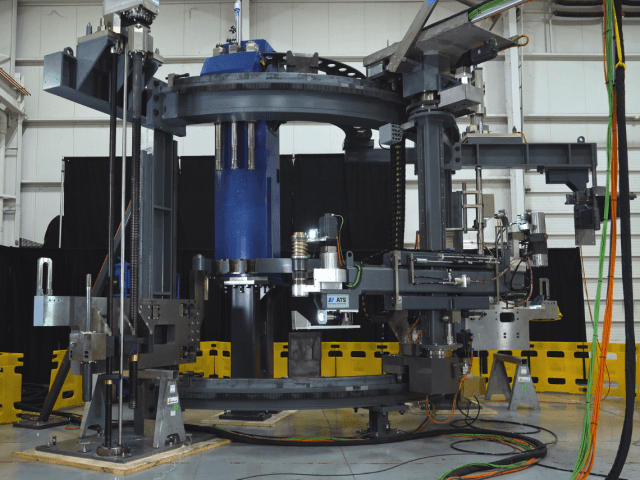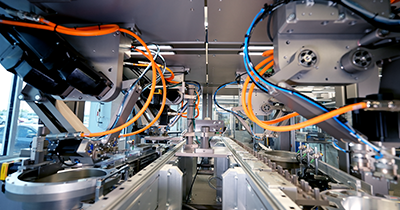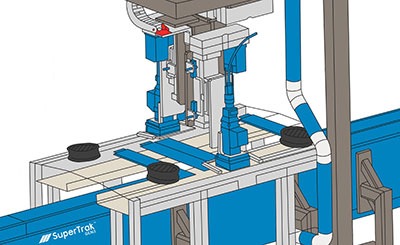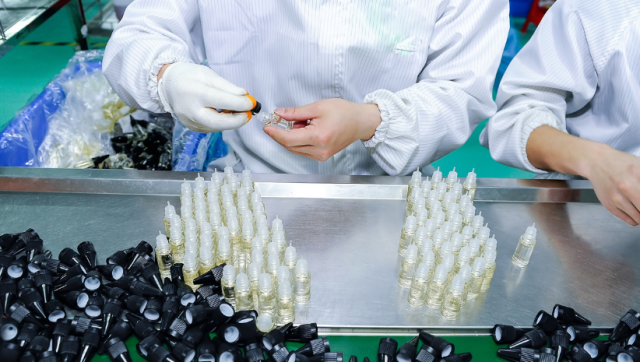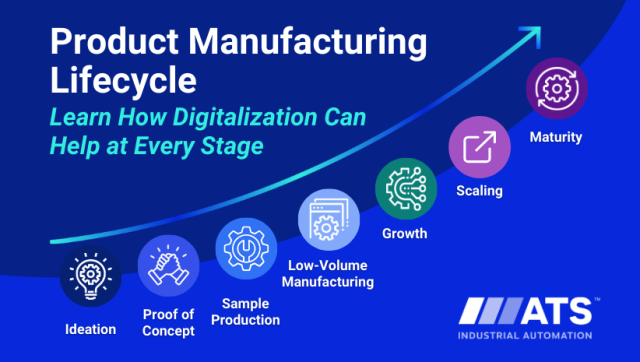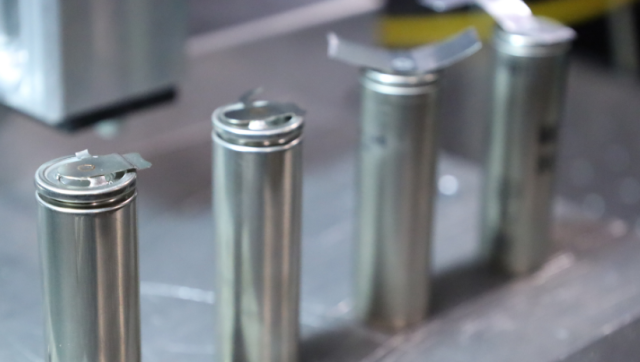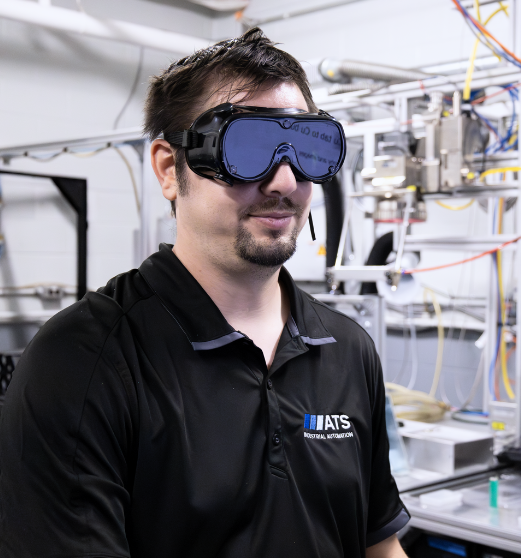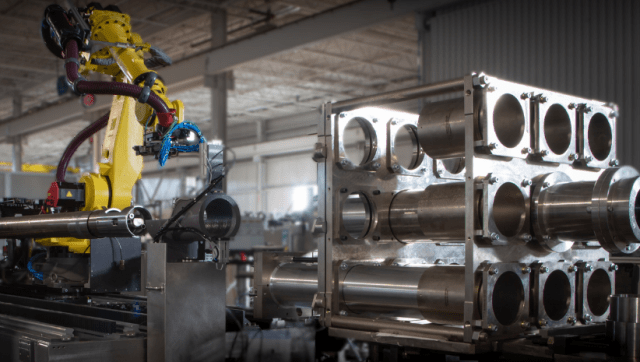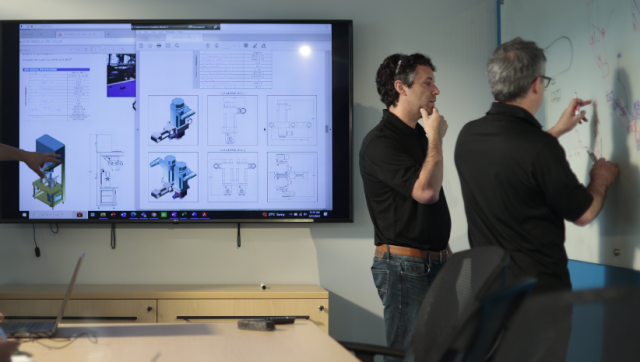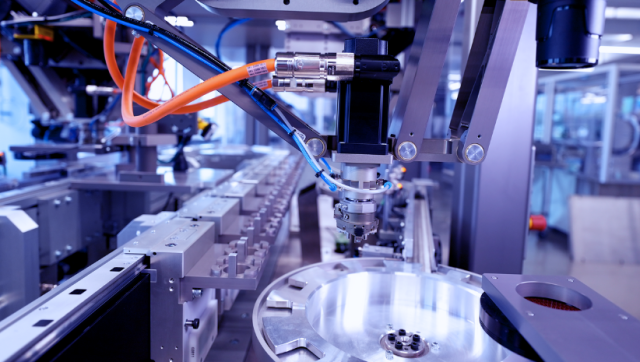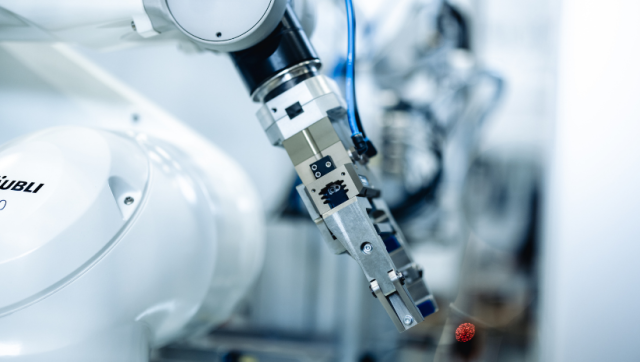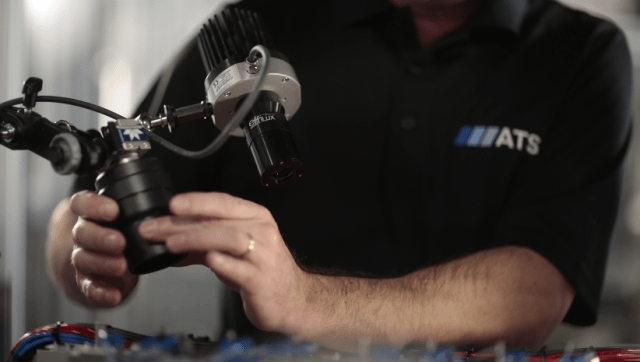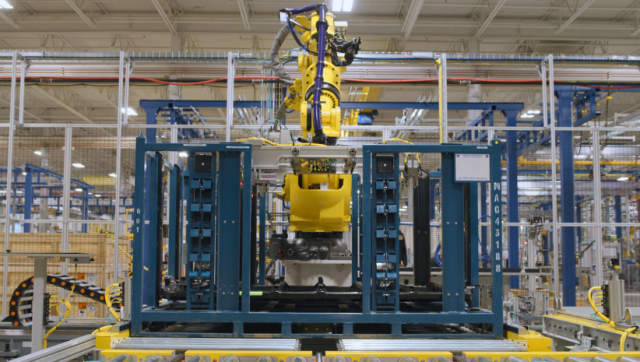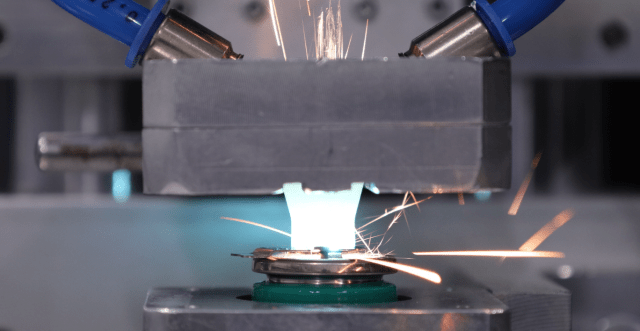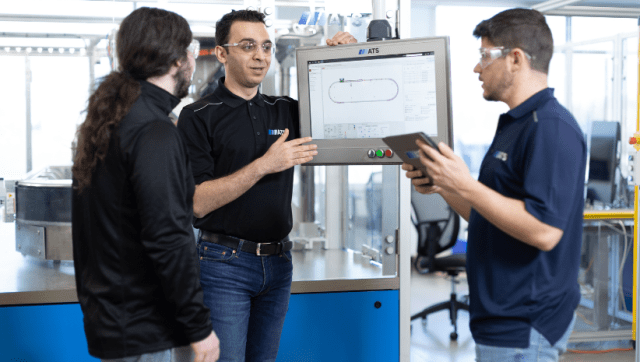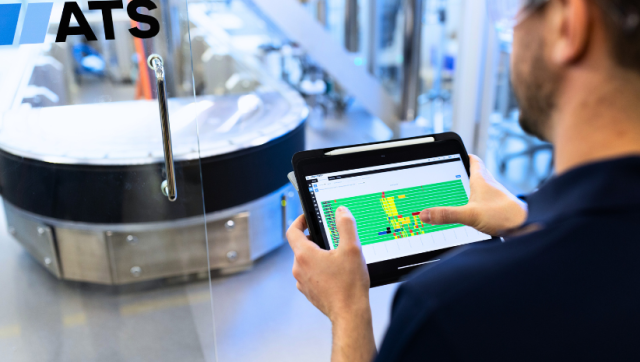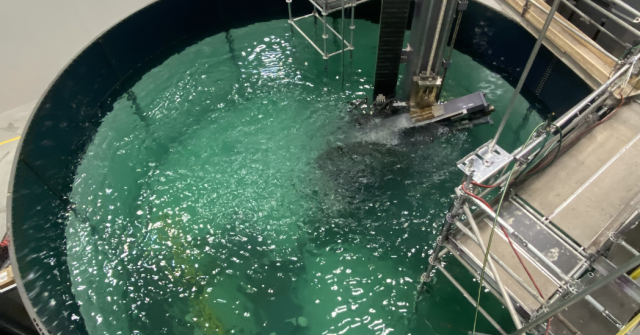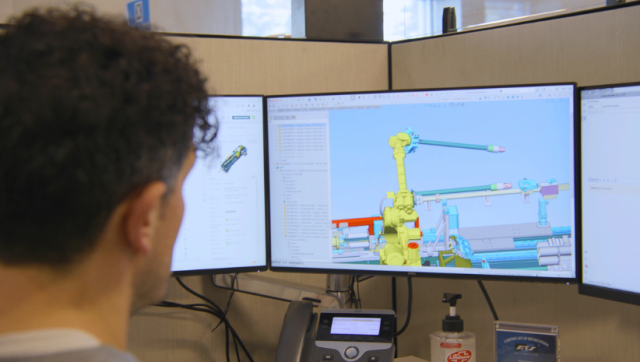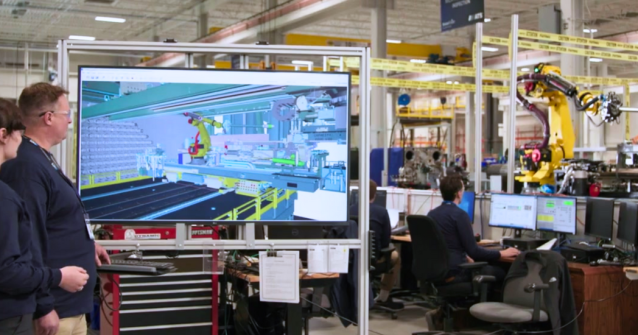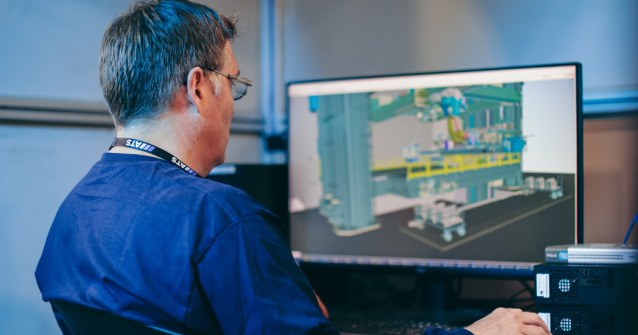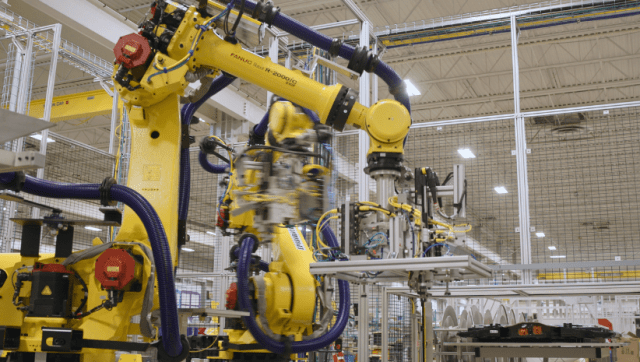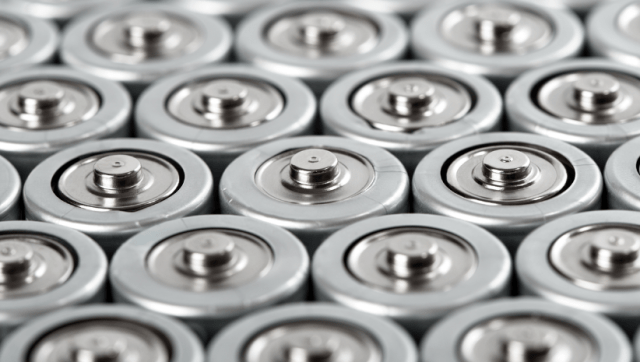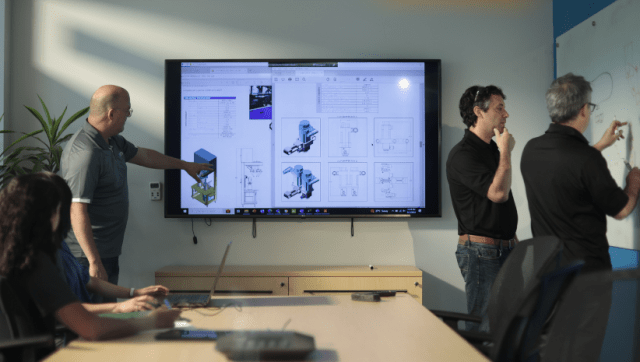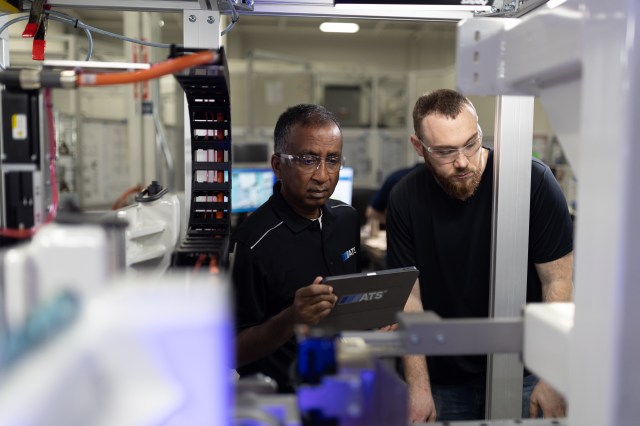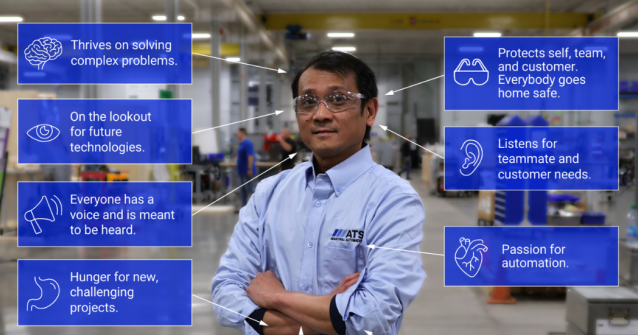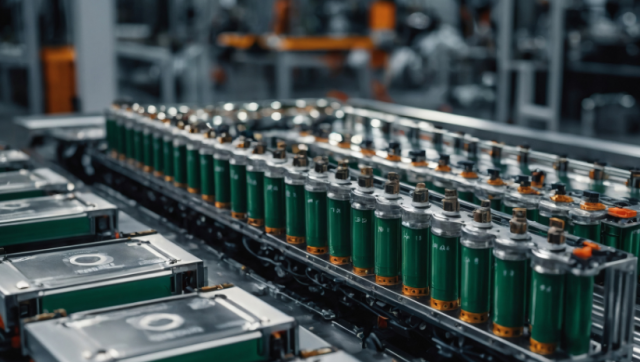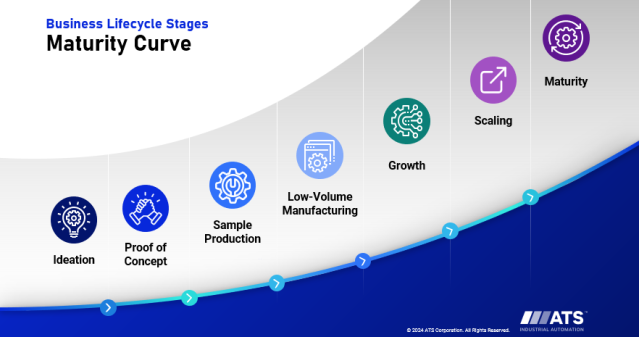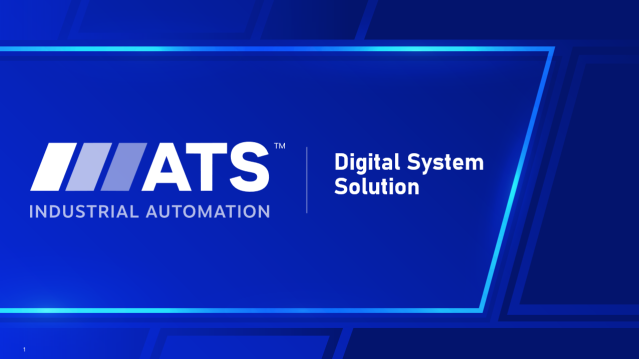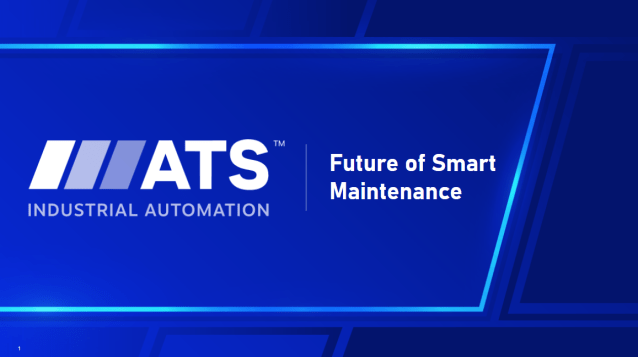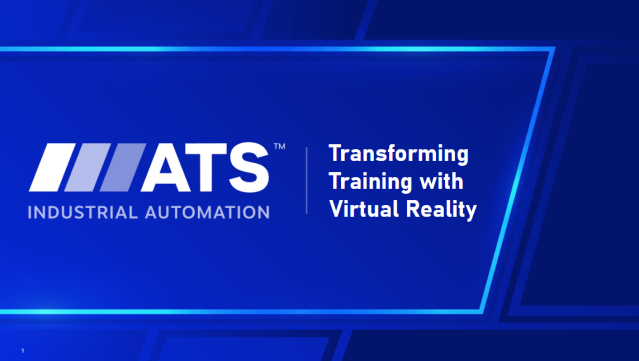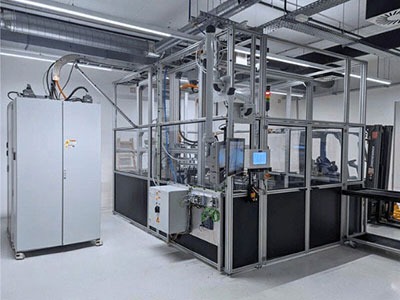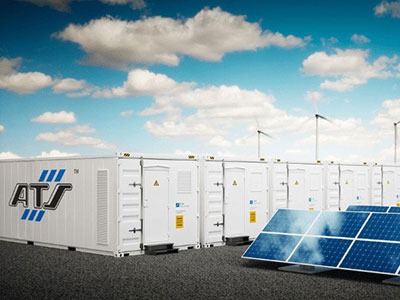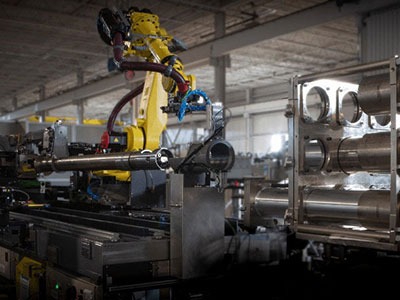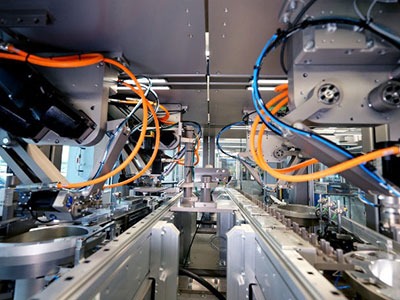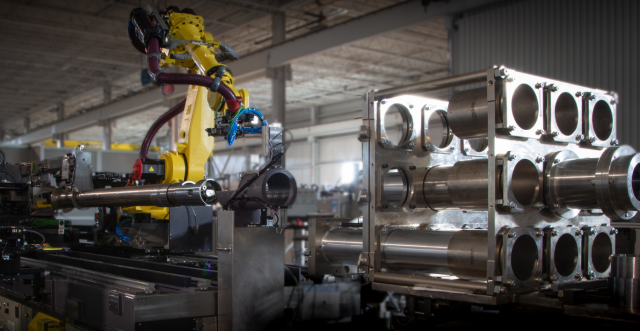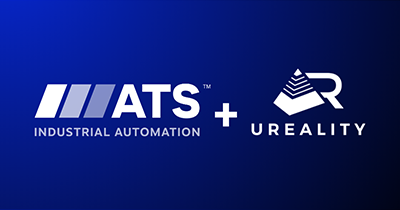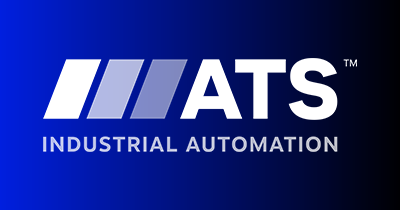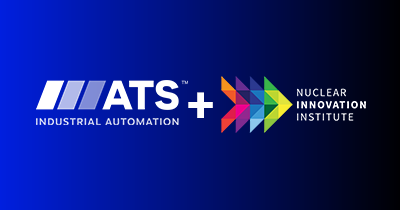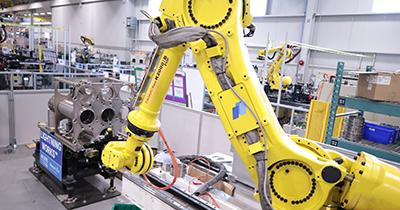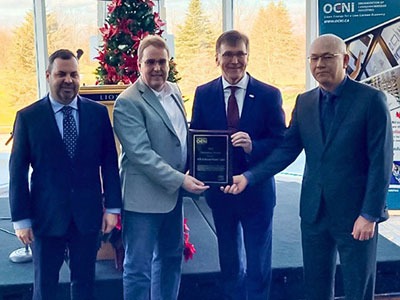Recently, members of the ATS Industrial Automation team had the chance to attend the G4SR-5 conference in Ottawa, Canada. Experts, industry leaders, and innovators from across the nuclear industry gathered to discuss the latest trends, challenges, and future of nuclear with a focus on Generation IV (Gen4) and Small Modular Reactors (SMRs) designs. With engaging panels, keynotes, presentations and networking opportunities, this event set the stage for the promising future that nuclear holds. Here are our top takeaways from the conference.

1. The Time for Nuclear is Now!
With recent weather extremes across the globe—rising sea levels, more frequent forest fires and floods, escalating global temperatures—it’s clear that decarbonizing power production is no longer optional, it’s essential. However, simply decarbonizing current systems won’t be enough; we need to meet growing power demands while addressing urgent climate challenges.
Enter nuclear energy, a reliable, low-carbon power source that already contributes 10% of the world’s electricity and a quarter of its low-carbon energy, according to the International Energy Agency’s (IEA) World Energy Outlook 2022 report.
Recently, the Net Zero Nuclear Industry Pledge was launched at COP28 in Dubai, supported by 120 companies across 25 countries, committing to at least tripling nuclear capacity by 2050. New large scale reactors and small modular reactors (SMR) are likely to play a key role in meeting this demand.
Although all renewable energy sources have a role to play in our decarbonization journey, wind and solar, rely on the weather and time of day, so supply and demand are often mismatched, whereas nuclear plants provide dispatchable energy, able to adjust output to meet demand. According to the International Atomic Energy Agency (IAEA) as of August 2023 there were over 410 reactors in operation globally, 57 under construction, and a growing role for nuclear in non-electric applications like hydrogen production and district heating, the future of clean energy is increasingly tied to nuclear power.
However, to truly lead in this shift, the nuclear industry must mobilize quickly, efficiently, and deliver on its promises. Projects like Ontario Power Generation’s upcoming BWRX 300 small modular reactor at Darlington, are being closely watched for its ability to stay on-time and on-budget and will hopefully set the stage for the future development of new nuclear reactors and SMRs.
2. No Single Group Can Tackle the Challenge of Scaling Nuclear Energy Alone
Industry leaders, governments, policy makers and advocates across the energy sector must unite, building a stronger understanding of nuclear’s value and work together to meet these targets.
Initiatives like Atoms4NetZero are designed to do exactly that, fostering industry-wide collaboration and solutions-driven dialogue to accelerate the growth of the global nuclear fleet and drive innovation in emerging nuclear technologies such as SMRs. This initiative highlights nuclear power’s role as the backbone of a clean, affordable, and secure energy transition.

However, nuclear needs to grow faster than it has in the past and governments across the globe play a critical role in making that happen. By developing strong national policies, governments can create an environment that supports the expansion of nuclear energy. By granting nuclear equal access to climate financing alongside other clean energy sources, policymakers can help scale nuclear capacity worldwide. But it’s not just policy, it’s also up to the nuclear industry to implement these objectives, constructing new plants and advancing nuclear technologies.
Challenges remain – nuclear energy has historically had a cost problem. High upfront capital expenses and a history of cost overruns have slowed progress. In 2003, nuclear power contributed around 16% of global electricity. Today, that number has fallen to 10%. According to Brendan Frank the Director of Policy and Strategy at Clean Prosperity as outlined in his Nuclear for a Net-Zero Canada: Pathways to scale by 2050 report.
“Canada only needs to build more nuclear reactors if we plan to achieve net-zero by electrifying our economy. Federal and provincial governments need ambitious climate policies to convince the market that growing demand for electricity will support the economic case for new reactors.”
Brendan Frank
Director of Policy and Strategy, Clean Prosperity
Governments must work to reduce investment risks and encourage nuclear projects to ensure that the industry can rise to the challenge.
A new wave of nuclear construction is needed in all markets open to the technology and SMRs are set to play a big role in this.
3. Innovation is Critical
Innovations in the nuclear industry will be critical to unlocking its full potential and achieving global net-zero goals. According to the IAE, while 8 GW of new nuclear capacity was brought online in 2022, the Net Zero Scenario calls for a more ambitious pace—over four times as much annual deployment by 2030. Supporting innovation in nuclear power is key to expanding the range of low-emission options and widening the path to a decarbonized future. With capacities ranging from 10 MW to as much as 300 MW, SMRs offer flexibility and potential to meet diverse energy needs. Factory-built and transportable, SMRs propose a path to shorten project timelines, reduce construction risks, and lower financing costs.
A strategic partnership between ATS Industrial Automation and NuScale highlights the innovation that is needed to support developing SMR designs. The Modular Automated Bolting Equipment (MAEB) is a first of its kind fully automated toolset responsible for the maintenance of the NuScale Power Modules®.
The tooling improved the system’s repeatability and reliability and ultimately resulted in a 40% reduction in cycle time. Miss our talk at the conference? You can learn more about the project here.
However, to accelerate SMR and future nuclear deployment, policy and regulatory reforms will be essential, particularly in streamlining licensing processes, historically this has been a challenge. Learning from the first demonstration projects and equipping factories with advanced technology for scalable manufacturing will also be critical in reducing costs and improving the economics of plant operations.
As stated by the Canadian Nuclear Association (CNA), in Ontario, nuclear power provides about 60% of the province’s electricity, with an installed nuclear capacity of approximately 13.6 gigawatts (GW). This capacity comes primarily from three major nuclear generating stations: Bruce, Darlington, and Pickering. Ontario is exploring the potential to add 6GW of new nuclear energy with 1.2GW coming from the Darlington BWRX-300 SMR’s and 4.8GW coming from the potential expansion to Bruce Power Unit C. These efforts demonstrate Ontario’s investment in decarbonizing the provincial energy supply chain.
Encouragingly, recent successes, such as the ahead-of-schedule refurbishment of Bruce Power’s Unit 3 reactor—made possible through technological advancements, along with OPG’s Darlington refurbishment which continues to progress on time and on budget,—show that nuclear’s timeline and cost challenges can be overcome. With continued innovation and investment, nuclear power is well-positioned to play a pivotal role in the clean energy transition.
4. The Workforce is at the Heart of Nuclear’s Future Success
As the demand for nuclear energy grows, so too does the need for skilled talent. However, it’s not just about filling positions, it’s about attracting a diverse workforce which will bring a fresh perspective and innovative approach, both of which are essential for advancing the nuclear industry. The nuclear sector is committed to diversity, equity, and inclusion, knowing that varied opinions and experiences drive stronger outcomes for businesses and the communities they serve.
A new study, Benefits of nuclear energy for Canadians, commissioned by the CAN, reported that over the past five years, the Canadian nuclear workforce has grown by 17%, making vital contributions to the economy. With the anticipated wave of new SMR and large reactor projects, job growth across the nuclear industry is set to accelerate even more.
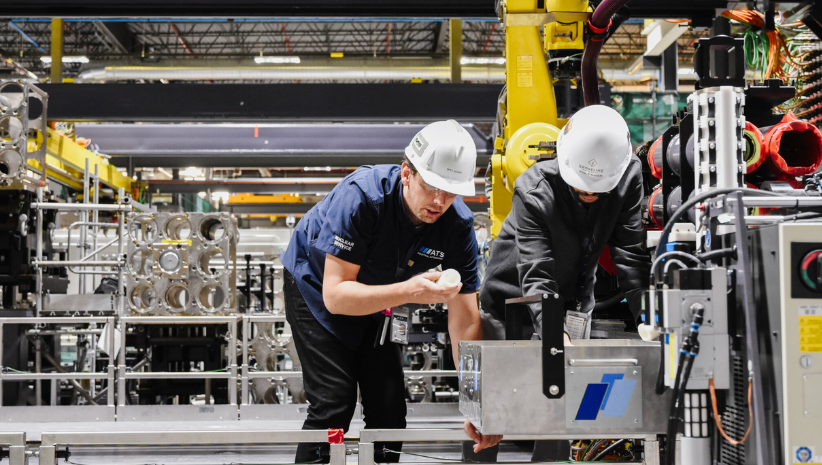
Yet, one of the industry’s biggest challenges is an aging workforce, with a significant portion expected to retire in the next decade. This trend, coupled with the existing difficulty in finding qualified workers, signals the urgent need to build a pipeline of young talent to power the future of nuclear energy.
As next-generation reactors come online, the nuclear industry will need hundreds of thousands of additional workers by 2035, according to the Department of Energy. Nuclear jobs offer financial security and the chance to be part of a cutting-edge industry tackling some of the world’s biggest challenges — climate change, energy independence, and global energy demand.
The time to build this workforce is now, starting by engaging young people early on. There has never been a more exciting moment to join the nuclear industry, with opportunities to shape a cleaner, more sustainable energy future.
5. Nuclear Needs a Reliable Fuel Supply
As the demand for nuclear power rises, securing a reliable and independent fuel supply will become increasingly important. With the variety of fuel cycles and types used in small modular reactors (SMRs), the industry faces challenges not only in innovating reactor technologies but also in refining manufacturing processes, ensuring the security of fuel supply, and managing spent fuel solutions. Additionally, the surge in nuclear energy demand means the need for uranium is set to rise significantly, making fuel supply a critical focus area.
Geopolitical instability, particularly from the Russia-Ukraine conflict, has heightened interest in nuclear power as a means to enhance energy security. However, it has also disrupted the global nuclear fuel market. Utilities, suppliers, and governments in North America and Europe are actively seeking to diversify their nuclear fuel sources to mitigate risks and strengthen energy sovereignty. The recently released Nuclear Fuel Report: Global Scenarios for Demand and Supply Availability 2023-2040 highlights the need for significant exploration, innovative technologies, and timely investments to turn raw uranium resources into refined fuel.
Currently, the nuclear fuel cycle is highly globalized, with uranium often mined in one country, refined in another, enriched in a third, and fabricated in a fourth before finally being used in a reactor in yet another location. This complex supply chain, while effective, leaves the industry vulnerable to geopolitical disruptions. According to Canadian mining law firm, Fasken, around 85% of uranium is mined by just ten major producers, with more than 40% sourced from Kazakhstan and about 13% from Canada. Canada’s uranium refining capacity, centered at Cameco’s Blind River plant in Ontario, plays a key role in this global chain.
While Canada has historically been energy secure with its CANDU reactors that use natural uranium, the adoption of new nuclear designs will require enriched uranium or other fuel such as Low-Enriched Uranium (LEU) and High-Assay Low-Enriched Uranium (HALEU), a service that Canada currently lacks. For instance, Ontario Power Generation’s first SMR project will require uranium mined and converted in Canada, enriched in the U.S. and France, and fabricated in the U.S. before being returned to Canada for use.
To stay ahead of potential fuel supply constraints and reduce dependence on foreign actors, Canada must prioritize innovation in uranium enrichment and fabrication infrastructure. Strengthening these capabilities will help safeguard against energy insecurity and ensure a more resilient and independent nuclear energy future.
Overall, the conference offered valuable insights into the current state of the nuclear industry and what the future could hold. It’s clear that the need for nuclear has never been stronger and that innovation, collaboration, and a strong commitment to nuclear are needed to navigate the challenges and opportunities that are ahead. Our key takeaways, along with the conversations sparked at this event, will hopefully help in continuing to push forward what can be called a nuclear renaissance. Now is the time to act and drive the nuclear industry forward.
Talk to a member of our Nuclear team to learn more about how our automated solutions can help solve your refurbishment challenges.

Holly Ritchie
Nuclear Marketing Manager
ATS Industrial Automation
Holly Ritchie is the Nuclear Marketing Manager at ATS Industrial Automation, bringing over 20 years of marketing experience across diverse industries, including health and safety and automation technology. She holds an Honours degree in Communications and Sociology, along with a postgraduate degree in Public Relations.





